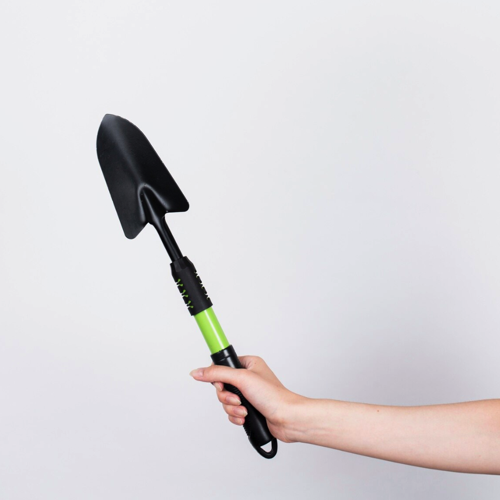Drag reduction design and experiments for the chisel-shaped shovel tip

Published:16 April 2024
Abstract Views: 336
PDF: 221
HTML: 4
HTML: 4
Publisher's note
All claims expressed in this article are solely those of the authors and do not necessarily represent those of their affiliated organizations, or those of the publisher, the editors and the reviewers. Any product that may be evaluated in this article or claim that may be made by its manufacturer is not guaranteed or endorsed by the publisher.
All claims expressed in this article are solely those of the authors and do not necessarily represent those of their affiliated organizations, or those of the publisher, the editors and the reviewers. Any product that may be evaluated in this article or claim that may be made by its manufacturer is not guaranteed or endorsed by the publisher.
Similar Articles
- Zhi He, Xinting Ding, Wei Hao, Kai Li, Weixin Gong, Zixu Li, Yongjie Cui, Calibration and experiments of discrete element flexible model parameters for kiwifruit stalk , Journal of Agricultural Engineering: Vol. 55 No. 4 (2024)
- Francisco Ayuga, Present and future of the numerical methods in buildings and infrastructures areas of biosystems engineering , Journal of Agricultural Engineering: Vol. 46 No. 1 (2015)
- Qing Guo, Huihuang Xia, A review of the discrete element method/modelling in agricultural engineering , Journal of Agricultural Engineering: Vol. 54 No. 4 (2023)
- Noureldin Sharaby, Artyom Doroshenko, Andrey Butovchenko, Modelling and verification of sesame seed particles using the discrete element method , Journal of Agricultural Engineering: Vol. 53 No. 2 (2022)
- Lei Liu, Xianliang Wang, Xiaokang Zhong, Xiangcai Zhang, Yuanle Geng, Hua Zhou, Tao Chen, Design and experiment of furrow side pick-up soil blade for wheat strip-till planter using the discrete element method , Journal of Agricultural Engineering: Vol. 55 No. 1 (2024)
- Xin Du, Cailing Liu, Changqing Liu, Qixin Sun, Shufa Chen, A novel method for measurement of the angle of repose of granular seeds in discrete element methods , Journal of Agricultural Engineering: Vol. 54 No. 2 (2023)
- Chiara Antinoro, Vincenzo Bagarello, Vito Ferro, Giuseppe Giordano, Massimo Iovino, Testing the shape-similarity hypothesis between particle-size distribution and water retention for Sicilian soils , Journal of Agricultural Engineering: Vol. 43 No. 3 (2012)
- Asiwan Kultongkham, Supakit Kumnon, Tawan Thintawornkul, Teeranoot Chanthasopeephan, The design of a force feedback soft gripper for tomato harvesting , Journal of Agricultural Engineering: Vol. 52 No. 1 (2021)
- Vidas Damanauskas, Algirdas Janulevičius, Effect of tillage implement (spring tine cultivator, disc harrow), soil texture, forward speed, and tillage depth on fuel consumption and tillage quality , Journal of Agricultural Engineering: Vol. 53 No. 3 (2022)
- Xuhui Chen, Shilin Zhang, Jianxin Dong, Fang Liu, Xian Jia, Yuxiang Huang, Development of high-speed and precision metering device with gradient-feeding and control seed for soybean planting , Journal of Agricultural Engineering: Vol. 55 No. 3 (2024)
You may also start an advanced similarity search for this article.

 https://doi.org/10.4081/jae.2024.1576
https://doi.org/10.4081/jae.2024.1576 











